The case of this clock carries a bas-relief of a putto who is playfully studying the stars. He seems very concentrated while looking through the telescope, a scroll in hand and seems to fly up to the stars. Set in this case we see the clockwork with a white enameled dial carrying the signature “Chopin à Paris”. Tardy lists Chopin as being active as a clockmaker in Paris from 1806. The case rests on a sea green marble plinth with four gilt bronze feet.
Details Of This Empire Clock “The Study Of Astronomy”
This Empire clock about the theme of astronomy has been made of finely chiseled and gilded bronze and sea green marble. It’smovement has a white enameled dial which carries the signature “Chopin à Paris”. A pair of gilt bronze hands show the hours and minutes on the dial with Arab numerals. The eight-days going movement has a wire suspension pendulum. It has a twin-barrel movement with count wheel strike on a bell. Also it strikes the hour and half hour on it’s bell.
The clock is in a perfect working condition and in an excellentstate of conservation with its original mercury gilding.Also, it has recently been cleaned and serviced by a professional clock maker. The clock comes complete with its pendulum, key and bell.
France, Empire period circa 1807.
Dimensions: 37cm high, 31 cm wide and 11 cm deep.
Jean-André Reiche (1752-1817)
The case is one of a number of designs by Jean-André Reiche (1752-1817) who was one of the leading Parisian bronziers during the Empire period. Like Jean-Simon Deverberie, he gained particular renown for his Pendules Au Nègre. The son of a shop owner from Leipzig, Reiche was baptised in Leipzig’s Sainte-Nicole Church on 13th August 1752, where his surname was recorded as Reich. Jean-André probably changed his name to accord with French conventions when, like a number of German ébénistes, he moved to Paris where he was received as master founder in June 1785.
From his workshop in rue Notre-Dame-de-Nazareth he began specialising in the production of clock cases which especially thrived after the abolition of the guilds during the French Revolution. This meant that Reiche could now create every aspect of a clock case, employing a team of workmen from modelers, casters and chasers to marble workers. His renown immediately grew as a marchand-fabricant de bronzes and especially as a supplier to the Emperor. When he died on 18th March 1817, Jean-André Reiche left his business to his son Jean Reiche.
Literature
See our website for more detailed photos:
https://apolloartantiques.nl/product/empire-clock-the-study-of-astronomy-after-design-by-jean-andre-reiche/
We send this article worldwide, professionally packaged, with registered and fully insured shipping at a fair price.















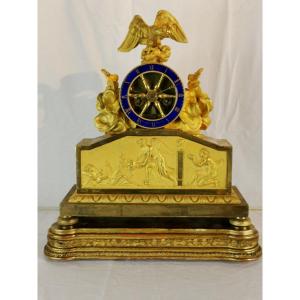
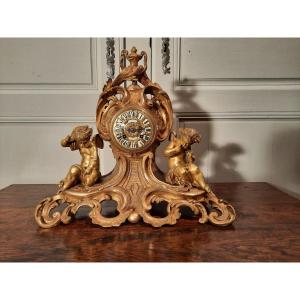
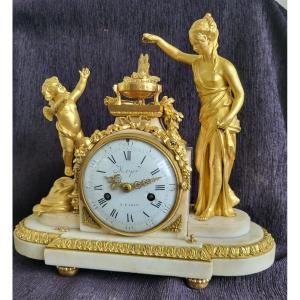
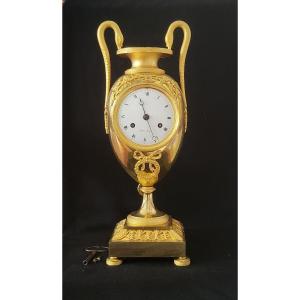

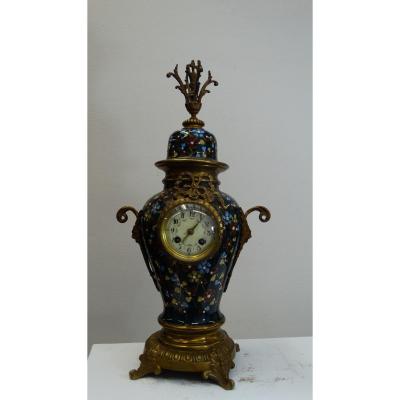



 Le Magazine de PROANTIC
Le Magazine de PROANTIC TRÉSORS Magazine
TRÉSORS Magazine Rivista Artiquariato
Rivista Artiquariato
